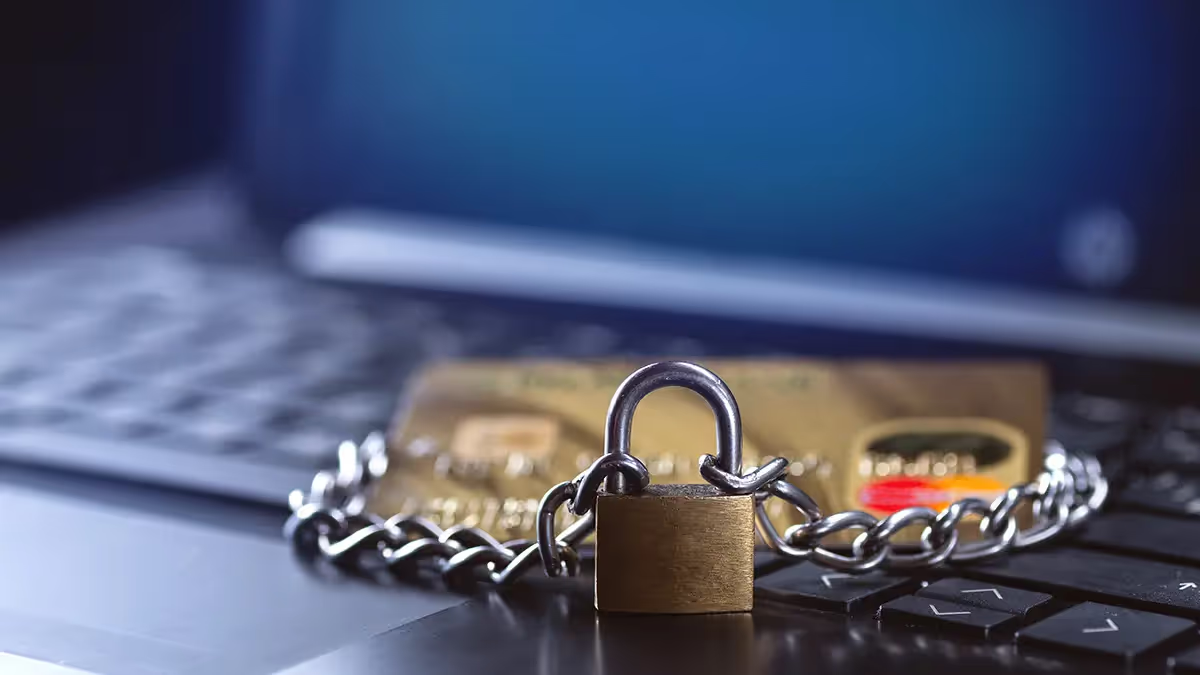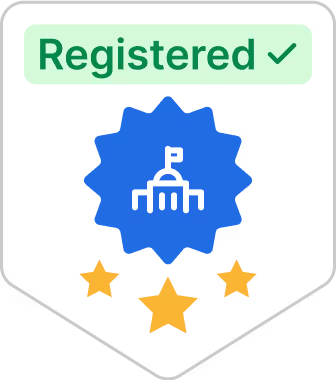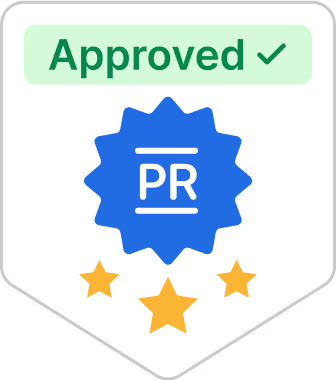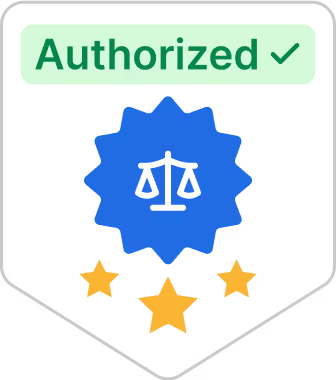How to prevent identity theft

Every year, Americans lose almost $1.5 billion dollars to identity theft. But the price of identity theft is more than just financial. A person whose identity is compromised by an identity thief can also face consequences like poor credit report history, difficulty finding employment, and higher insurance premiums for years after their identity is stolen.
That’s why it’s important to think about ways to prevent identity theft before it happens to you.
In this article, we’ll explain how to avoid becoming an identity theft victim by walking you through the steps you can take for better identity security.
What can you do to deter identity theft?
The first step to protect yourself against identity theft is understanding why and how identity theft occurs.
What is identity theft? Identity theft occurs when an identity thief gets access to your personal information, such as your bank account or social security number, using it to commit fraud.
There are various ways a person can get access to your information and steal your identity, which is why it helps to be aware of the different forms of suspicious activity so you can know how to better protect yourself against fraud.
#1 Safeguard your private information
Scammers are always inventing new ways to try to get access to your personal information so they can commit identity fraud under your name.
Here are some helpful ways to make sure your private information stays protected:
- Keep sensitive documents like your Social Security card in a secure location and only give out personal information when necessary
- Collect your delivered mail every day and place a hold on mail while you’re away from home
- Protect phone and computer with passwords or Face ID
- Take precautions when using public Wi-Fi by updating your firewall settings or using a virtual private network
- Shred documents with sensitive information such as receipts, bank statements, and expired credit cards before tossing
- Install virus-detection software on your computer
- Use complex passwords and update them regularly
By taking these precautions, you can make it more difficult for people to get access to your sensitive, personal info and use it to steal your identity.
#2 Learn to recognize a scam
Identity theft scams have been around for a long time, but they’ve only become more prevalent and difficult to identify with the rise of the internet.
When someone runs an identity theft scam, rather than trying to steal the personal information from the identity theft victim, they’ll try to find a way to convince them into revealing it by pretending to have some sense of authority or benefit they can provide.
Scammers are always devising new ways of tricking people, from phone calls and texts to emails and online postings. It’s vital to stay vigilant of all the latest credit card fraud tactics, so you’ll know how to recognize a scam when you come across it.
Some warning signs to look for when trying to determine if something is a scam, include:
- Someone you don’t know well or have never met in person contacting you out of the blue
- Being asked for money through an unusual payment method like gift cards or wire transfers
- Being asked for your personal information or for access to your computer
- Being pressured into buying something or making decisions quickly
- Receiving an offer from someone that sounds too good to be true, like a prize for a competition or unclaimed inheritance
Whenever you’re being asked to give away your personal information online, always be cautious and take the time to double-check that the person or website that you are sharing your sensitive information with is who they claim to be.
#3 Be vigilant for Signs of fraud
Even people who do their best to protect their personal information and avoid scams can sometimes fall victim to identity theft. The best way to mitigate the damage done by identity theft is to spot it early on and bring it to a stop as quickly as possible.
By regularly monitoring your credit score and financial information for suspicious activity, you can more easily find out about identity theft before it becomes a big problem.
Stay vigilant of identity fraud by:
- Paying attention to billing cycles and contact the sender if your bills or financial statements are late
- Reviewing your bank statements and compare them against receipts to look for fraudulent charges
- Credit monitoring of history reports to make sure that they don’t include financial accounts you haven’t opened
- Being cautious about loan application denials or debt collection calls for accounts you didn’t open
Staying on the lookout for fraud can help you be in the know about what’s going on with your personal info and help you stop potential identity theft before the damage becomes too widespread.
Apply online
If you’re looking to learn more about ID theft and identity theft protection, we also offer resources to answer the question, “Is identity theft protection worth it?” in addition to how to check for identity theft. You can also use our simple and intuitive online platform to apply for a social security card replacement. All you have to do is fill out our application, and we’ll take care of the rest to make sure your card arrives at your front door safe and secure.
Sources:
- Identity Theft Crimes by the Numbers. The Balance. https://www.thebalancemoney.com/how-to-report-identity-theft-to-the-irs-1947673
- Identity Theft. USA.gov. https://www.usa.gov/identity-theft#item-214444
- Spot the Scam Signs. Scam Watch. https://www.scamwatch.gov.au/protect-yourself/ways-to-spot-and-avoid-scams























